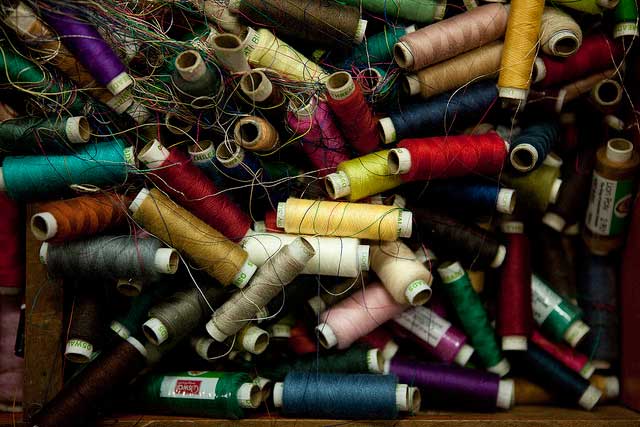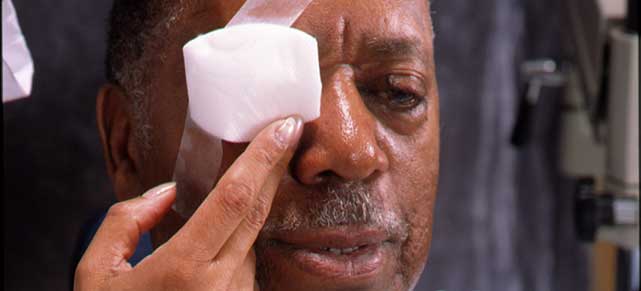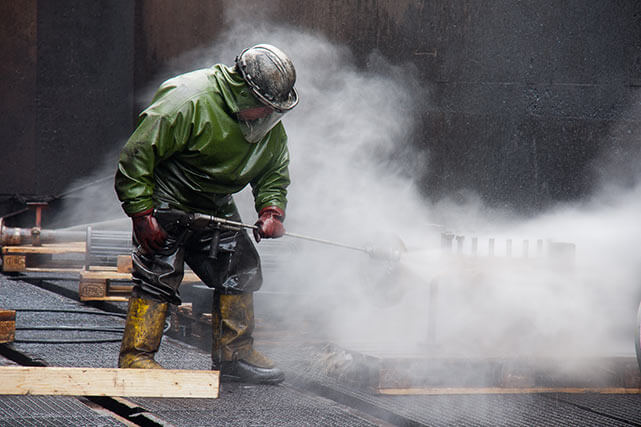Most multinational companies have corporate social responsibility (CSR) standards built into their business models to help ensure that workers in their global supply chains have safe and fair work conditions.
But making sure CSR policies travel through the entire supply chain is a daunting – some even say impossible – task, especially for companies that source materials from thousands of factories worldwide. It is no surprise that a massive third-party auditing industry has sprung up to give companies peace of mind that their suppliers are meeting basic health and safety standards.
Even so, thousands of workers have died in factories around the world over the last five years in accidents and catastrophes that could have been prevented. Some investors and workers’ rights advocates say it’s proof that the factory auditing system is broken; that the only way to make sure workers see changes on the ground is to take a long-term view of investment and give workers a direct voice in health and safety reviews.
Chain of responsibility
A key question in managing health and safety in a global supply chain is how far down the chain a company should go.
It may be feasible for a smaller company to audit 30 or even 100 suppliers for health and safety performance, but auditing thousands of suppliers is absurd and a waste of money, said Zack Mansdorf, who worked for 10 years as the senior vice-president of global environment health and safety at cosmetics giant L’Oreal.
L’Oreal, he said, took a more targeted approach. It created a Venn diagram of high-risk countries and companies to identify the 500 top factories that it needed to focus on. It then hired a third-party auditing company to visit the factories and follow up to make sure any requested operational changes were implemented.
However, for all the money that multinational companies have poured into auditing, it has not resulted in the kinds of changes that will ensure workers’ rights are respected, said Liana Foxvog, director of organizing and communications at International Labour Rights Forum (ILRF).
In fact, hiring auditors to produce a checklist in a one-day visit does not eliminate risks and may even give companies a false sense of security, said Kevin Thomas, director of shareholder engagement at the Shareholder Association for Research and Education, which helps investors understand risks in the global supply chain.
This was tragically clear when a garment factory caught fire in Pakistan in 2012, killing over 260 workers only three weeks after a reputable third-party auditing organization, Accountability Standard 8000, had deemed the factory safe. One year later, the Rana Plaza disaster killed over 1,100 and injured more than 2,500 garment workers in Bangladesh after an eight-story factory collapsed from holding too much heavy equipment.
Just yesterday, the Accord on Fire and Building Safety in Bangladesh, a legally binding agreement between more than 180 garment companies and unions, announced that it has found 80,000 safety issues in 1,106 factories, 17 of which have been deemed structurally unsound.
Ensuring factories are up to code is one thing, but multinational retailers, such as Gap and H&M, are now finding that their responsibilities go right down to the cotton fields.
It was revealed in 2007 that the Uzbek government, the world’s fourth-largest exporter of cotton, was forcing school children to work during the harvest months in state-owned fields. Under international pressure, the Uzbek government has since stopped pulling children out of school to pick cotton, but has ramped up adult forced labour by requiring public servants to work instead, said Matthew Fischer-Daly, cotton campaign coordinator at ILRF.
This is a particularly egregious situation because the regular factors leading to forced labour—poverty, lack of governance, lack of enforcement—do not apply; it is a government policy, Fischer-Daly explained.
Since 2007, Gap has requested that the factories and fabric mills supplying its products “avoid knowingly purchasing Uzbek cotton.” In 2013, H&M required all of its suppliers to sign a mandatory commitment to neither buy nor directly source cotton from Uzbekistan.
Other actors, such as toy retailers, are using databases to weed out bad factories, showing that it is possible for companies to manage their supply chains past the first tier.
While such commitments from companies are welcome, maintaining that commitment – let alone strengthening it – can be challenging.
Thomas said the “iron triangle” of cheaper prices, faster production and higher quality is what ultimately drives health and safety risk. The constant push to cut costs while speeding up delivery sends the wrong message to suppliers.
In reality, the chain of responsibility begins with investors that pressure companies to deliver short-term returns, creating an expectation that winds its way through the entire supply chain, he said.
The simplest way to encourage investors to take a long-term view of the market is to legally require companies to disclose certain information—such as a recent law in the U.S. that requires companies to publicly disclose the use of conflict minerals—and to give investors a fiduciary duty to consider social issues, Thomas said. “In the past, there was a sense that we were only allowed to look at the short-term returns of a company, and to consider these extra-financial questions was a breach [of your duty] to your beneficiaries.”
That mindset is changing, he added. It has not yet been set out in law, but there is a realization among some investors that the way a company manages its supply chain can have a material impact on a corporation. More private businesses are adopting sustainable procurement practices that require compliance with workplace safety standards, and organizations such as the Sustainable Purchasing Leadership Council have emerged as a united voice for larger corporate and government buyers.
The U.S. government is also exercising its purchasing power. Beginning in 2016, for example, any company doing more than $500,000 in business with U.S. federal agencies must now disclose labour law violations – including those related to workplace safety – going back three years, according to an executive order signed in July by U.S. President Barack Obama. “Agencies will also require contractors to collect similar information from many of their subcontractors,” according to the White House.
Workers know best
While companies and investors should monitor their supply chains, it is also important to remember that audits only provide one type of information. Experts say positive long-term relationships with workers are crucial for getting information about what happens on a day-to-day basis.
Fire safety is just one example of a health and safety risk that cannot be managed by visiting a factory once a year. As Thomas pointed out, management can easily block fire exits as soon as the auditor leaves. Companies need to think about what kinds of in-country mechanisms they have developed to make sure they are hearing about problems before they become crises, he said.
In an effective health and safety program, workers are not only given the opportunity to voice their concerns without fear of losing their jobs, they are also involved in inspections, take part in investigations when there is an accident, and participate in training their peers. After all, they know best what the dangers are, said Garret Brown, coordinator of the Maquiladora Health and Safety Support Network and retired health and safety compliance officer for the Division of Occupational Health and Safety for the State of California.
Managing a global supply chain is no small or easy task, but Brown said, it is important to remember that companies have chosen to use this business model. “No one held a gun to their heads. They have to live with the consequences, which is that they are going to be held responsible for the conditions in their supply chains.”
(This story is the second in a series of articles on workplace safety that will appear on corporateknights.com during October, in partnership with and with funding support from the Canadian Society of Safety Engineering and the Center for Safety and Health Sustainability. Visit our Workplace Safety landing page to follow the series.)







